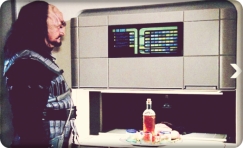
by: Colette Calapristi Casey
It has been a stunning turn of events with record heat waves and storms across the world in recent years. This year’s winter is expected to be a snowmageddon in many parts of the north. More and more, greenhouse gasses have moved to the forefront of conversation as the cause and once again I have to ask, can we change this topic from Climate Change, which spurs debate, to Earth Stewardship? It is a fact that CO2 represents over 72% of the total greenhouse gases and is something that is within our ability to control. As stewards of this earth, is it reasonable to look for ways to minimize the C02 we put into the air that we breathe?
In my 3 part series on Carbon Capture tech, I covered opportunities from corporate, municipal and individual technologies to capture CO2 to offset our actions and re-define our role as stewards of this earth.
Now comes a new and exciting breakthrough. While many have heard of biomass technology that generates power from organic processes. Taking that to the next level is the “Eos Bioreactor”.
The Eos Bioreactor leverages the power of photosynthesis to capture CO2 and then turn it into oxygen, the same way it is done within plants and animals. There have been experiments in the past with large ponds of algae and the like, but the challenge has been the efficiency of the process.
Hypergiant, an A.I. company out of Austin, Texas has developed a promising device to mimic the work of trees in a more efficient manner. One Eos Bioreactor can capture the same amount of carbon out of the atmosphere as an entire acre of trees!
A recent study conducted by a group of researchers associated with the Crowther Lab in Switzerland identified what it would take to balance our CO2 atmosphere; It would take 223 million acres (about the size of the continental U.S.) and approximately one trillion trees to produce a good enough canopy to offset the excess carbon. According to the July 5, 2019, Journal of Science press release “”our most effective climate change solution to date.” These trees would store 205 billion tons (186 metric tons) of carbon or roughly two-thirds of the carbon that has been emitted “as a result of human activity since the Industrial Revolution,”
The Eos Bioreactor is not only efficient but is small in comparison to other Carbon Capture technology. Coming in at only 3-foot by 3-foot by 7-foot, this bioreactor could fit easily into heavily populated areas and serve in place of the needed trees from the Crowther Lab study for densely populated areas.
Hypergiant is looking to test the bioreactor for smart city development in the near future.

 Actor Robert Downy Jr. recently announced a new venture called the “
Actor Robert Downy Jr. recently announced a new venture called the “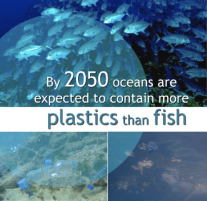 Let’s face it. Plastic ain’t so fantastic. This staple in our lives is slowly choking the world we live in. The lone cup or plastic bag that was thrown out a car window will eventually make its way down a storm drain, into a creek or river, and eventually, spill out to our oceans and lakes.
Let’s face it. Plastic ain’t so fantastic. This staple in our lives is slowly choking the world we live in. The lone cup or plastic bag that was thrown out a car window will eventually make its way down a storm drain, into a creek or river, and eventually, spill out to our oceans and lakes.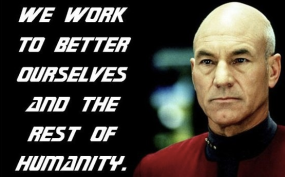
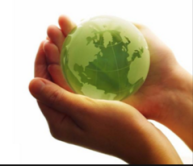 What if we cared for our planet as much as we cared for our possessions? What if we changed the conversation away from climate change and pollution arguments to how we can be better stewards of our Earth? There are no right or wrong arguments for stewardship. Either you are a good steward or you are not.
What if we cared for our planet as much as we cared for our possessions? What if we changed the conversation away from climate change and pollution arguments to how we can be better stewards of our Earth? There are no right or wrong arguments for stewardship. Either you are a good steward or you are not.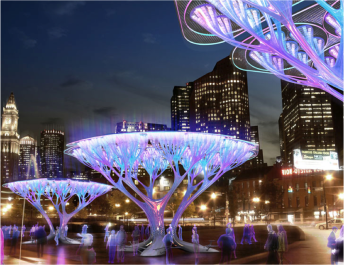 Imagine, every minute of every day our air is being cleansed by Trees. That already happens, you say? After all, trees do that all the time. However, thanks to deforestation, population growth and a host of other factors, there are fewer trees to compensate for human activity, especially in dense urban areas.
Imagine, every minute of every day our air is being cleansed by Trees. That already happens, you say? After all, trees do that all the time. However, thanks to deforestation, population growth and a host of other factors, there are fewer trees to compensate for human activity, especially in dense urban areas.

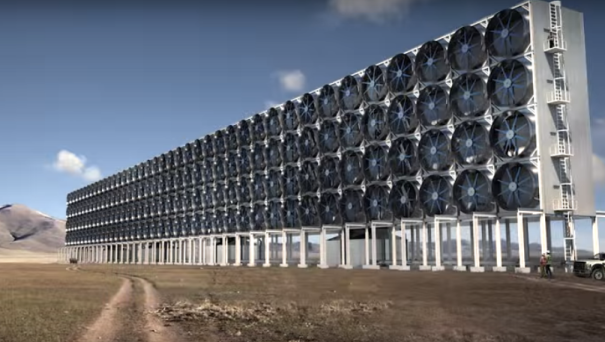 Enter
Enter 